Dune: Part Two Doesn’t Deserve Its Harshest Criticisms
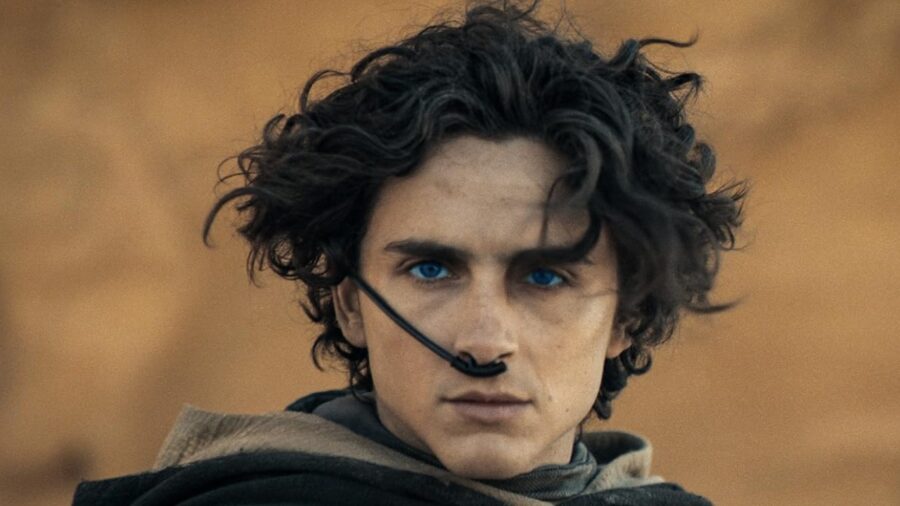
While most critics seemed unsurprisingly over the moon for Dune: Part Two, the sequel faced scrutiny from those who felt it would be just one more white savior movie. Quite a few social media influencers called for a boycott for this reason. Now that I’ve finally gotten the chance to see it, I not only disagree with the notion that it falls victim to the white savior trope, but it’s crystal clear that it is intentionally an anti-white-savior movie.
What Is The White Savior Trope?
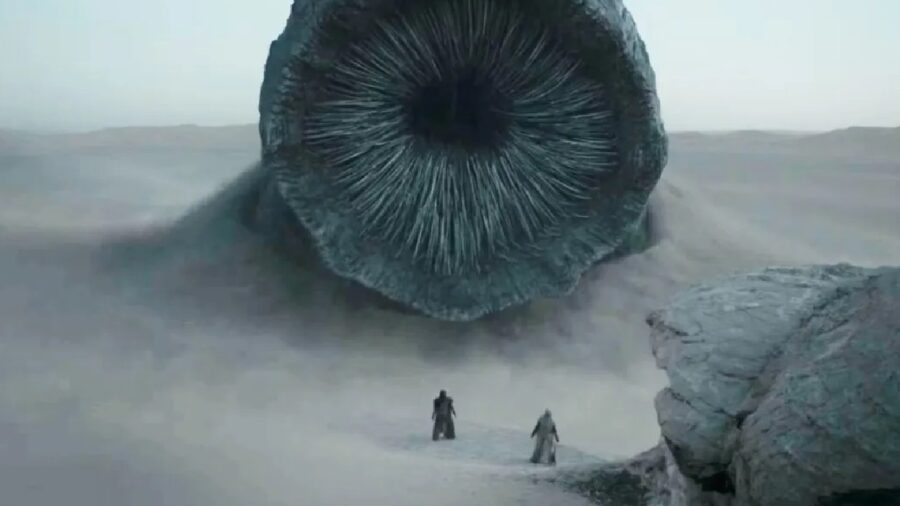
Films identified as white savior features–like some critics identify Dune: Part Two–are those in which white characters swoop in to solve the problems for people of color. Examples of films branded with this trope include The Blind Side, Green Book, To Kill a Mockingbird, The Help, The Last Samurai, The Great Wall, and Dances with Wolves.
While on the surface these stories seemingly promote understanding between races, many critics argue they are ultimately harmful because they suggest people of color can’t solve their own problems and need white heroes to take care of them.
It also inherently centers white people in stories where people of color should be in the spotlight.
One might argue the Dune movies don’t even take place on Earth and so should not even be considered in any discussion of white savior movies. However, it’s clear in the films that creating the fictional Fremen took plenty of influence from Eastern cultures, while the Atreides’ portrayals take their cue from Europe.
How Is Dune: Part Two An Anti-White-Savior Movie?
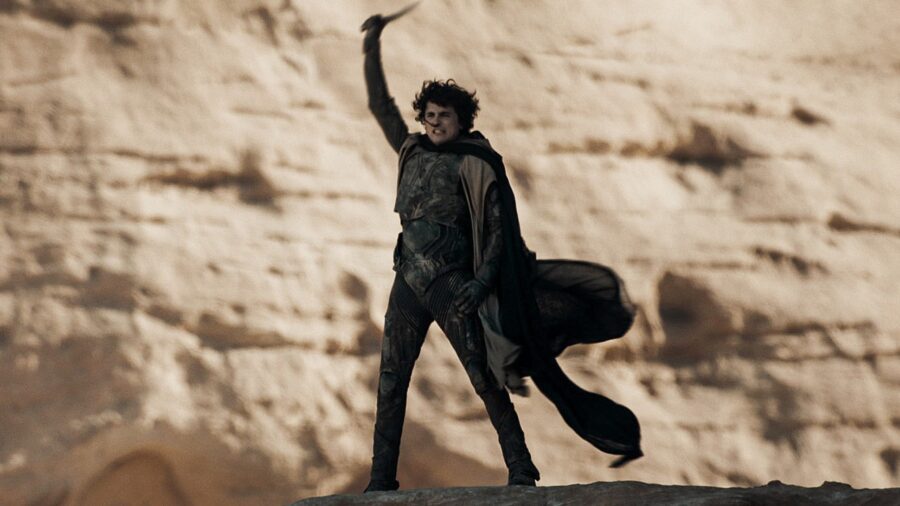
In terms of the depiction of the “white savior” in question–Timothee Chalamet’s Paul Atreides–the first and second halves of Dune: Part Two present us with almost entirely different films.
Earlier in the film we see plenty of white savior signs. The Fremen come to fully embrace the foreign royal, who often winds up being naturally better at all the things the Fremen have spent their lives learning–whether that means the summoning and riding of the sand worms, or the brutal joy of killing Harkonnen.
Once Paul drinks the Water of Life, however, Dune: Part Two becomes a much different movie. We start seeing the film more through the eyes of Zendaya’s Chani, who wants less and less to do with her lover.
Paul Atreides Is No Longer A Hero
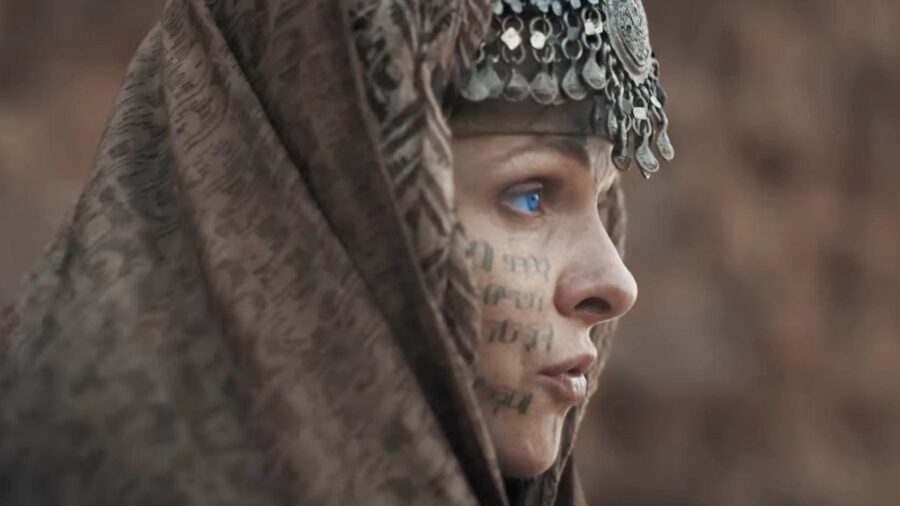
Once Paul consumes the Water of Life in Dune: Part Two, you can no longer see him as a hero. In spite of the wishes he once had to not use the Fremen’s beliefs to manipulate them, he starts using their prophecies to win their hearts so hard that even his mother tells him to slow down.
Before the Water, Paul finds a family with the Fremen, but afterwards they seem to mean nothing to him on a personal level. They are pawns he can use to get his vengeance and seize the throne–nothing more.
Really, he stops being a hero in Dune the moment he decides to drink the water, when you consider that he has visions of billions dying should he take the drink, but does it anyway.
The Final Battle
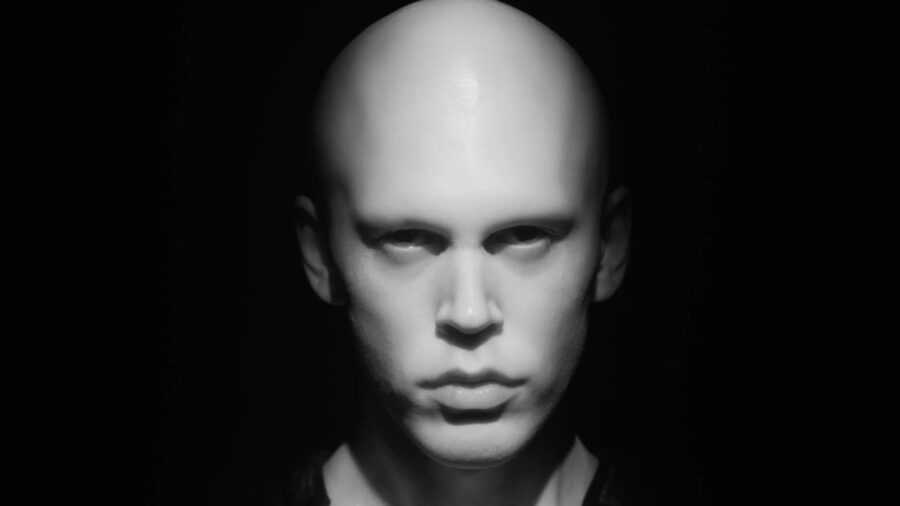
The trap Paul lays for the Emperor, the way he handles his hostages and his victims, are all proof that with Dune: Part Two, Denis Villeneuve made an anti-white-savior movie.
What’s most important about the end of the film isn’t his battle with Feyd-Rautha or his execution of Baron Harkonnen, but everything else.
His killing of the Harkonnens could just be explained away as a lust for vengeance, and we’ve all happily watched as samurai or heroes like Furiosa fought for revenge.
But Paul isn’t thirsty just for vengeance–he’s thirsty for power. Otherwise he would have killed the Emperor. Instead he uses the Emperor as a bargaining chip, so that the Princess will agree to marry him and legitimize his claim to the throne.
The Atreides Become The Harkonnens
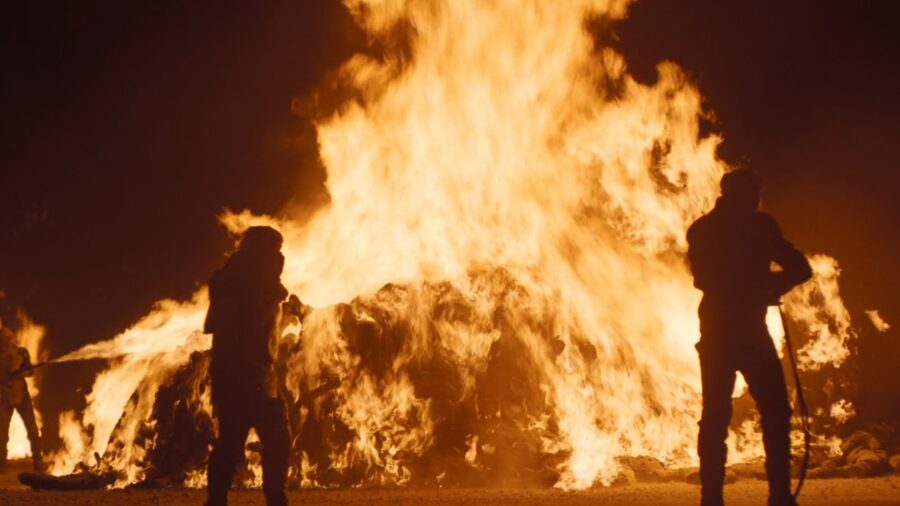
When it comes to this discussion, the most important moment in Dune: Part Two is when we briefly see Paul’s soldiers using flamethrowers to burn the corpse piles of Sardaukar and Harkonnen. We get a similar scene in Dune: Part One after the Sardaukar and Harkonnen wipe out the Atreides, and likewise burn the bodies of their fallen foes.
Villeneuve is being anything but subtle–the Atreides have become the Harkonnen, or more to the point the hero has become the villain.
In this way, the second half of Dune: Part Two is a lot like Game of Thrones (minus all the disappointment). We stop seeing the Atreides and Harkonnen as heroes and villains, and start seeing them all for what they really are–different sides in a merciless struggle for power
If we still harbored any idea that it’s a white savior movie, Chani crushes it when she turns her back on everyone in disgust to return alone to the desert.











